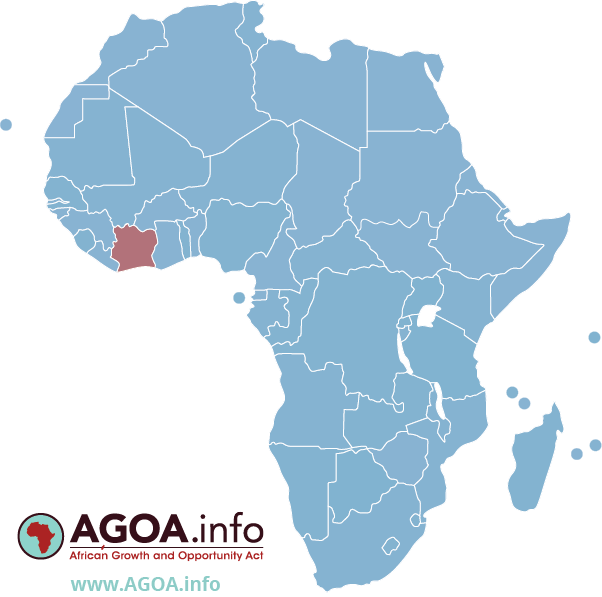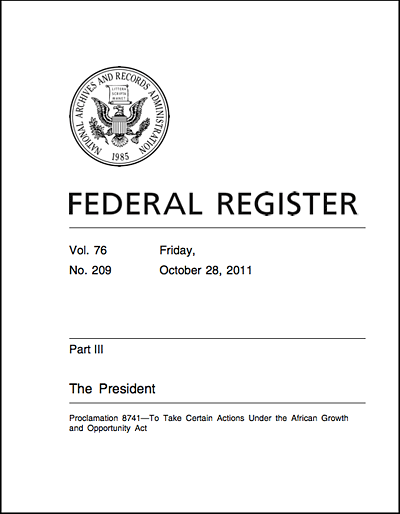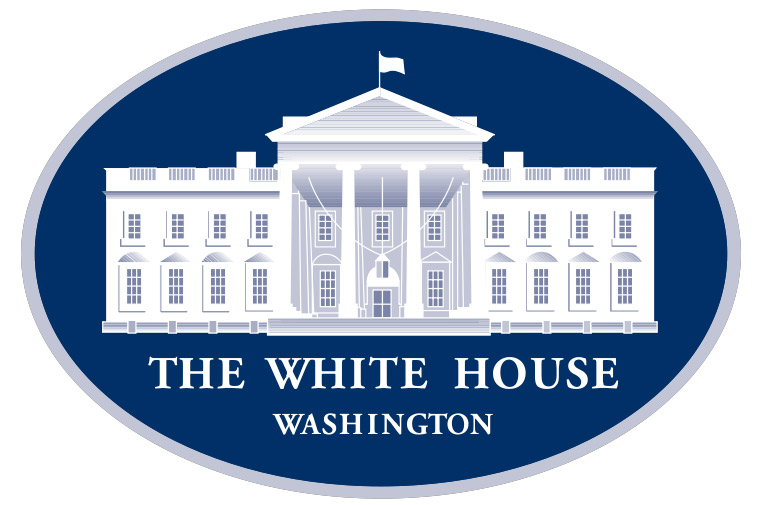Country Info: Ivory Coast

Bilateral Trade by Sector: United States - Ivory Coast
Value ('1000 dollars), US 'domestic exports' *, US 'imports for consumption' / Includes year-to-date data
Economic Background
For the last 5 years Cote d'Ivoire's growth rate has been among the highest in the world. Cote d'Ivoire is heavily dependent on agriculture and related activities, which engage roughly two-thirds of the population.
Cote d'Ivoire is the world's largest producer and exporter of cocoa beans and a significant producer and exporter of coffee and palm oil.
Consequently, the economy is highly sensitive to fluctuations in international prices for these products and to climatic conditions.
Cocoa, oil, and coffee are the country's top export revenue earners, but the country has targeted agricultural processing of cocoa, cashews, mangoes, and other commodities as a high priority. Mining gold and exporting electricity are growing industries outside agriculture.
Following the end of more than a decade of civil conflict in 2011, Cote d’Ivoire has experienced a boom in foreign investment and economic growth. In June 2012, the IMF and the World Bank announced $4.4 billion in debt relief for Cote d'Ivoire under the Highly Indebted Poor Countries Initiative.
Agricultural products
yams, cassava, cocoa, oil palm fruit, sugar cane, rice, plantains, maize, cashew nuts, rubber
Industries
foodstuffs, beverages; wood products, oil refining, gold mining, truck and bus assembly, textiles, fertilizer, building materials, electricity
Industrial production growth rate
4.2% (2017 est.)
(Source: World Factbook, 2021)





